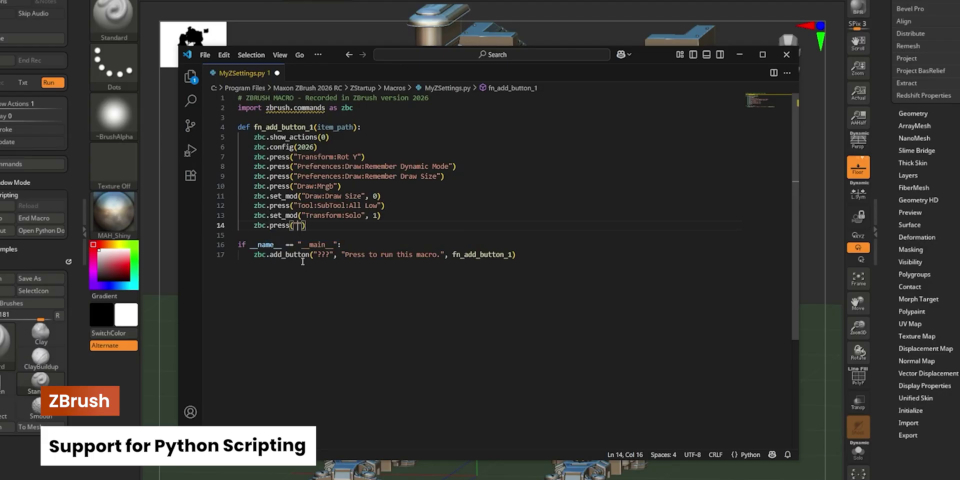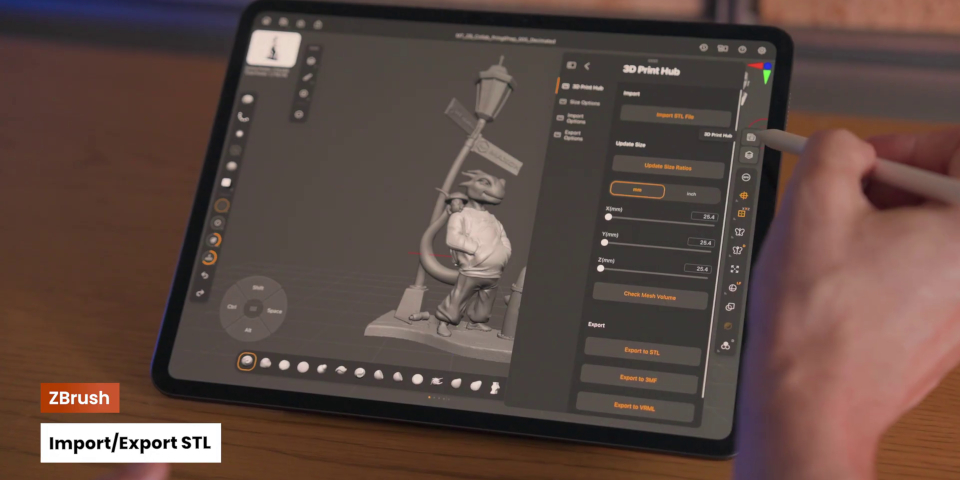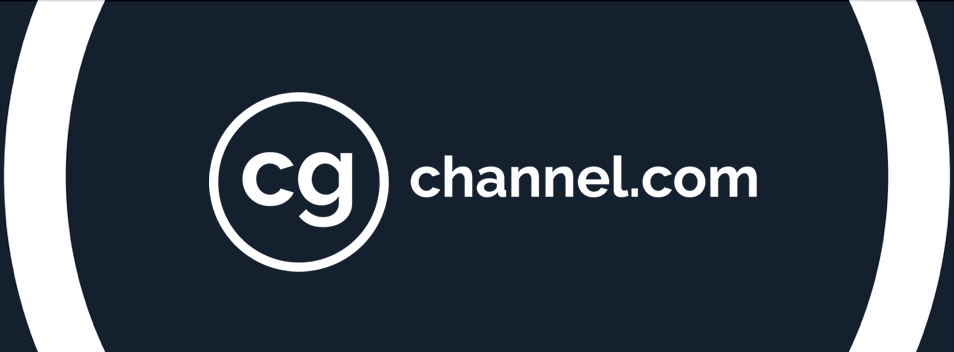Maxon releases ZBrush 2026.0 and ZBrush for iPad 2026.0
Maxon’s launch video for its Fall 2025 product updates. The section on ZBrush starts at 9:00.
Maxon has released ZBrush 2026.0, the latest version of its digital sculpting software, widely used for concept art, creature design, game development and visual effects.
The release adds support for Python scripting, and updates ZModeler and NoiseMaker.
The iPad edition of the software has also been updated, with ZBrush for iPad 2026.0 getting the 3D Print Hub and Scale Master plugins from the desktop edition.
The software also gets a new logo – essentially the old one, but flatter and inset into a hexagon – as part of a unified product logo system rolled out with Maxon’s Fall 2025 product releases.

ZBrush 2026.0: Python scripting and updates to ZModeler and NoiseMaker
The main new feature in the desktop edition of the software is support for Python scripting.
It provides a more pipeline-friendly alternative to ZBrush’s native ZScript scripting language for automating repetitive tasks, customizing the software’s UI, or modifying the functionality of tools.
There are also a number of updates to ZModeler, ZBrush’s polygonal modeling toolset.
Visual feedback has been improved when hovering over vertices, edges and faces, and there are new auto-creasing options when inserting edge loops or insetting a polygon face.
Procedural noise generation system NoiseMaker gets the option to rotate, scale or offset the alpha image.

ZBrush for iPad 2026.0: 3D Print Hub and Scale Master added, plus UI improvements
The new iPad edition of the software has also been updated, with ZBrush for iPad 2026.0 getting the same changes to ZModeler as the desktop edition.
As well as the option to transform the alpha image, the iPad implementation of NoiseMaker gets a new UI, the option to undo and redo changes, and to rest individual noises.
The iPad edition also now includes two plugins previously only available on desktop.
3D Print Hub streamlines the process of exporting sculpts for 3D printing, in STL, VRML and 3MF formats; while Scale Master makes it possible to set scene scale using real-world units.
UI improvements include the option to reposition the custom toolbar from the bottom to the top of the screen, and to adjust the size and rotation of the modifier wheel with two fingers.
In addition, it is now possible to import and export UI presets, making it possible to save out custom UI layouts to share with colleagues, or to transfer to a new tablet.
Updates to retopology workflow and a new UV Editor coming soon
Perhaps mindful that the changelog for the desktop edition isn’t particularly long, in the release video (embedded at the top of the story), Maxon also previews upcoming features in ZBrush.
They include a new UV Editor, updates to retopology workflow, and a new folder structure to simplify the process of transferring assets from one version of the software to another.
The retopology tools and folder structure are due later this year; the new UV Editor is “coming soon”.
Price and system requirements
ZBrush 2026.0 is compatible with Windows 10+ and macOS 14.0+. It is rental-only. ZBrush subscriptions cost $49/month or $399/year, and include ZBrush for iPad.
ZBrush for iPad is compatible with iPadOS 17+, and is available on iPad models with A12 Bionic or later processors.
The base app is free; access to the full feature set requires a paid subscription, which costs $9.99/month or $99.99/year.
Read a full list of new features in ZBrush 2026.0 in the online release notes
Read a full list of new features in ZBrush for iPad 2026.0 in the App Store changelog
Have your say on this story by following CG Channel on Facebook, Instagram and X (formerly Twitter). As well as being able to comment on stories, followers of our social media accounts can see videos we don’t post on the site itself, including making-ofs for the latest VFX movies, animations, games cinematics and motion graphics projects.
